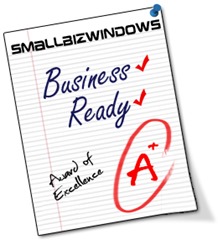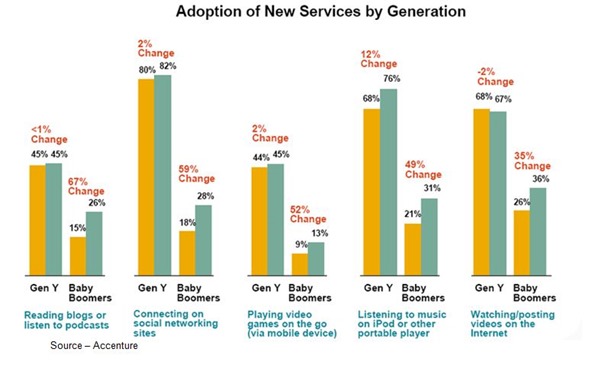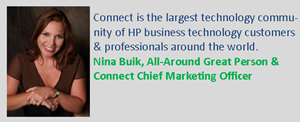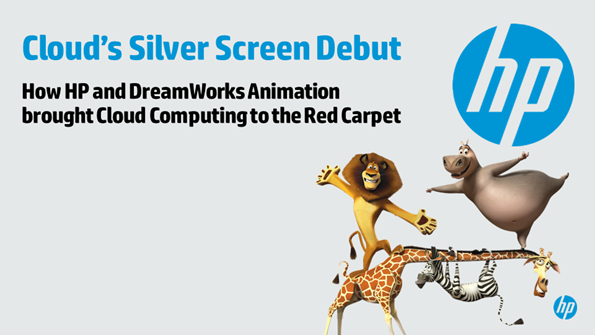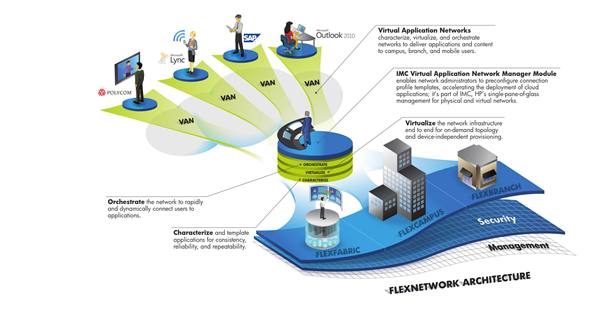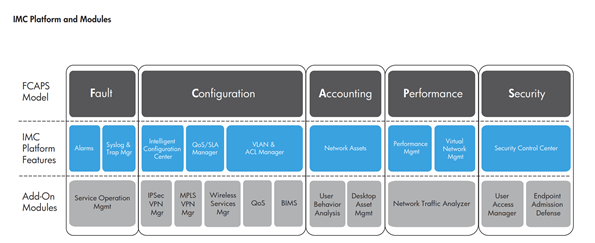
“You all say the nicest things. You're so great, you're so nice, but none of you want to date me!” – Jude Harrison, “Instant Star,” Epitome Pictures (2004)
The Twitlympics has been almost as exciting, interesting, breathtaking as the event the IOC (International Olympics Committee) put on in London.
But judging was mixed, tough and argumentative on the world stage.
Come on, Her Majesty only earned a bronze?
She should have racked up more votes than Bond or Bechman!
Of course, if she heard we thought she deserved better scores, she probably would have just quoted Jude Harrison when she said, “It's not worth much coming from you.”
She clearly showed class, when compared to the U.S. contender for president who stumbled in London, Israel and Poland.
The other U.S. contender?
Well, he called the Fab Five, Tweeted Phelps and several other Olympians.

PR Week
Nice, but probably wasn’t half as thrilling as the awesome Tweets from the Biebe!
The Twitlympics whipped the crowd and judges into a frenzy…even a towel had over 11,000 followers.
Such is the fishbowl of the Olympics where everyone – participating or not – gets to watch people who have trained for years have a great day, good day or bad day in front of billions.
Then, to prove that Twitter reflects humanity as a whole, you get a full range of people being:
-
Really happy for others
-
Supportive when things didn’t go exactly right
-
Mean, vicious, downright ugly
The 140-character snip-its were tracked second by second so you could instantly see if the online world population (O.K., maybe only 150M+ of the 500M+ users and 2B+ onliners) agreed with the performances and the judging.
IOC Preparation
The IOC thought they had their Socialympics ready -- tweets from the basketball, table, pool, mat cams, social media rules and their own (sponsored) social media hub -- to keep the world involved.

The trackers followed them all and gave very good daily summaries of the Twitesphere’s prevailing tone/temperament that was a heckofa’ lot more accurate than the mood rings of yesteryear.
Oh yeah, it was also a lot easier for government agencies around the globe to track comments of interest--to them--at home and elsewhere.
Beijing was just a testing ground. By the time Brazil’s games roll around everyone will be ready.
Another measure was that there were only about 40-50K social media experts before the games but at the end, that number was easily doubled.
None of them have a pitch as earnest as Tommy Quincy, “All summer, I've been dying to get back in the studio with you.”
Even before the roar of the crowd turned to a whisper, they were telling companies/people how they can build buzz, traffic, loyalty for them with their unique talent and mastery of the power of 140 characters.
They probably won’t mention the 11,000 towel followers.
Twitter is an interesting way to track the mood of people regarding world events, popular culture, the community’s mood and sentiments… maybe (maybe) even build community for products/services.

Rapid Comments – The number of Twitter users has more than doubled over the past year and the attention it received probably produced an impressive bump in registrations during the Olympics. At the same time, only 10 percent of the users fall into the “heavy user” category. Volumes will probably fall significantly once the roar of the crowds die down and athletes/spectators return to their “normal” lives. Source – Pew Research
The Olympics is just another milestone in Twitter’s growth, which includes all of the age groups as you might expect, with the exception of the boomers+.
With the dramatic growth of smartphones, usage and traffic has sharply increased because it’s a way for individuals to express themselves – sometimes to their embarrassment, detriment – instantly.

Mobile Comments – Demonstrating the power and growing use of today’s high-performance 2nd and 3rd screen mobile devices – iPads and smartphones – have freed people from the passive viewing of entertainment and events. New avenues have opened up for people of all ages and cultures to come together in communities to instantly share news/information. Source – Pew Research
While the sheer number of users is impressive, less than 10 percent of the Internet users are active on Twitter every day.
Communicators and publicists have been quick to promote Twitter as the next great marketing tool. Maybe. But you have to wonder if Twitter isn’t more reflective of the “health” of the technology’s growth and its ability to fill a void for people.
Individuals in every culture, area of the globe want a sense of connection with others, with a community.
Human Motivation
Way back in 1943, Maslow identified some of the basics for Twitter’s business plan when he wrote “A Theory of Human Motivation.”

Maslovian Hierarchy – Maslow certainly didn’t envision how social media, including Twitter, would meet many of our more complex needs at the top of the pyramid, but it does seem to pinpoint some of the reasons for the service’s growing success. While his goal was to layout a means to help people achieve their individual potential, social sites and Twitter focus on their needs of love, affection, belonging to and feeling cared for by others. Source - Wikipedia
Twitter certainly helps people increase their levels of personal esteem and feelings of accomplishment. They can express themselves, their feelings instantly to the global community.
Firing off Tweet after Tweet gives a boost to the user’s self-esteem, feeling of social recognition.
O.K., maybe not at the same level of celebrity as Beibe and the Olympians, but still a momentary booster shot for the ego.
As one author explained it, “I twitter, therefore am.”
At some level he added it makes “people like me” feel good enough, smart enough …
The underlying issue for professionals like Dr. David Lewis, a cognitive neuropsychologist at the University of Sussex, is that they feel we’re living in an extremely narcissistic age.
They feel the heavy use of Twitter suggests a level of insecurity that needs to be quenched by having people recognize you.
Some folks ask right out for assistance like Jude Harrison when she said, “Tell me what I do wrong. Tell me why I'm so easy to give up.”
Addictive
Admittedly, it gives the brain an extra shot of feel good or as the neuropsychologists prefer to say taps into the nucleus accumbens (NAcc) and the ventral tegmental area (VTA).
Experts like to label our constant usage/checking of Tweets and other social sites as today’s digital crack or crystal meth.
We don’t think it’s quite that bad but as Jude Harrison said, “It's not like I'm going to be a doctor.”
Heck, we even have a Twitter account gathering dust somewhere. And, we may get active with it…someday.
But for right now, we have enough bad habits and it’s hard to keep up with them and carry out a semblance of a normal life. So there’s probably no need to push our luck for the time being.
It’s more personal (and more private) fun just reading about the highs/lows, heroics/stumbles, good/bad of the Twitlympics.
So if you Tweeted us and haven’t heard back, we can only repeat Kat Benton, “I haven't been answering. I've been deciding what I'm going to say to you. Look, I went into this knowing I was No.2, but I thought maybe someday I'd be No.1.”

Image Source - “Instant Star,” Epitome Pictures
Maybe by the time the Brazil Sociolympics roll around; but for now, we agree with Tommy, “You are asking the wrong guy.”
G. Andy Marken is founder & CEO of Marken Communications
Contents © 2012, Andy Marken

